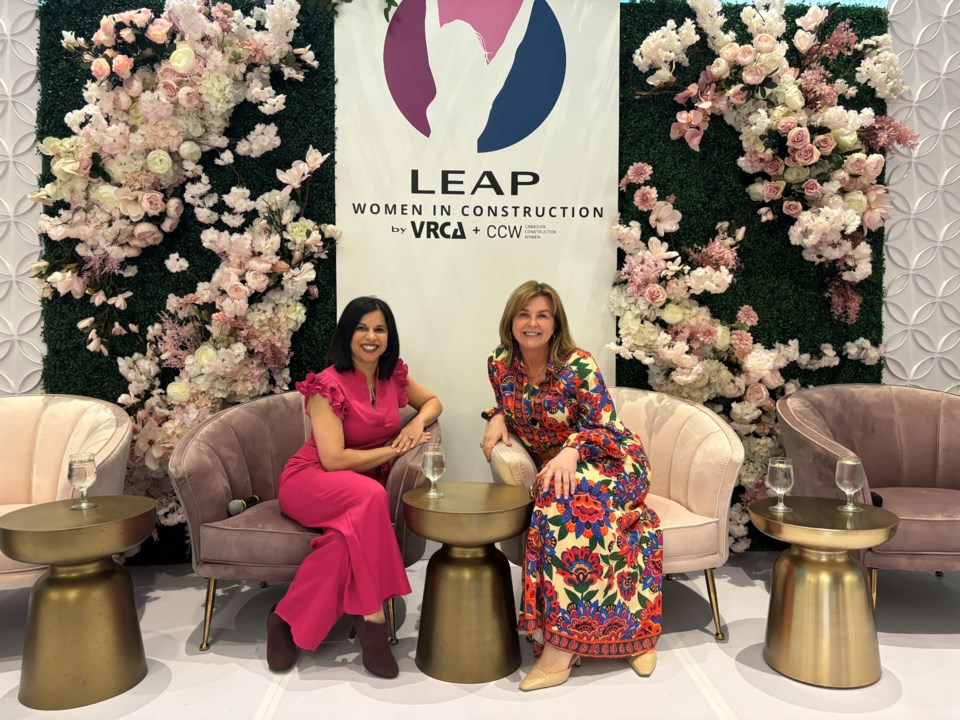Awareness of the need for more women in B.C.’s construction industry is on the rise; however, the glass ceiling remains under renovation.
When Jas Sangha started out in construction, she said that she felt like an outsider.
“A big component of that is inequality and I think it's so male-dominated, that they can't understand how to bring the woman in and mentor them and to be good leaders,” said Sangha, who is the CFO of Crown Building Supplies.
“There is a big gap … and I think we've made headway in the last 10 years or so, but it has a long way to go.”
Women account for approximately 13 per cent of the 91原创 construction industry, according to a March 7 report by Desjardins.
In addition, only 4.5 per cent of the construction trades workforce in B.C. is female, according to fall 2023 data from the BC Construction Association.
As of January, overall 91原创 construction employment was two per cent lower, with 29,600 fewer workers employed when compared to January 2023, according to seasonally unadjusted data from BuildForce Canada.
Despite these losses, employment among women rose by 8,700 workers or 4.5 per cent. These gains were seen the most in the 25-to-54 age group, where employment grew by 4,800 (3.5 per cent) over the last 12 months.
While there may be more women in the industry, a gender pay gap remains.
Across all industries, 91原创 women earn an average of 17 per cent less than men, with the difference being even more stark for immigrant and Indigenous women, according to the Desjardins report.
In construction, this wage gap is roughly 18 per cent.
Over 200 women in the construction industry gathered at the Women in Construction Conference in 91原创 on March 8, which is also known as International Women’s Day. The event was hosted by 91原创 Construction Women (CCW) and the 91原创 Regional Construction Association.
“One of the key pieces that we are missing is that equity and equality are not the same thing,” said Seema Lal, president of CCW.
“It's not about saying we're going to give women the same opportunities. It's understanding, what are the inherent biases in those opportunities, in those qualifications. It's subconscious. I don't think anybody sets out to say, 'I'm only going to hire men.''"
Sam Brezden, who is working alongside the 91原创 Regional Construction Association to build an Indigenous reconciliation plan, said that Indigenous women are underrepresented in construction and similar industries.
“When there are Indigenous women, make sure that you're highlighting them and giving them a platform to talk about their experiences in this industry, or outside of the industry,” said Brezden.
“Intertwine Indigenous culture into these industries so that they feel more comfortable and just an environment where women feel more comfortable to express their femininity and not feel like they have to mute that in order to fit it in.”




